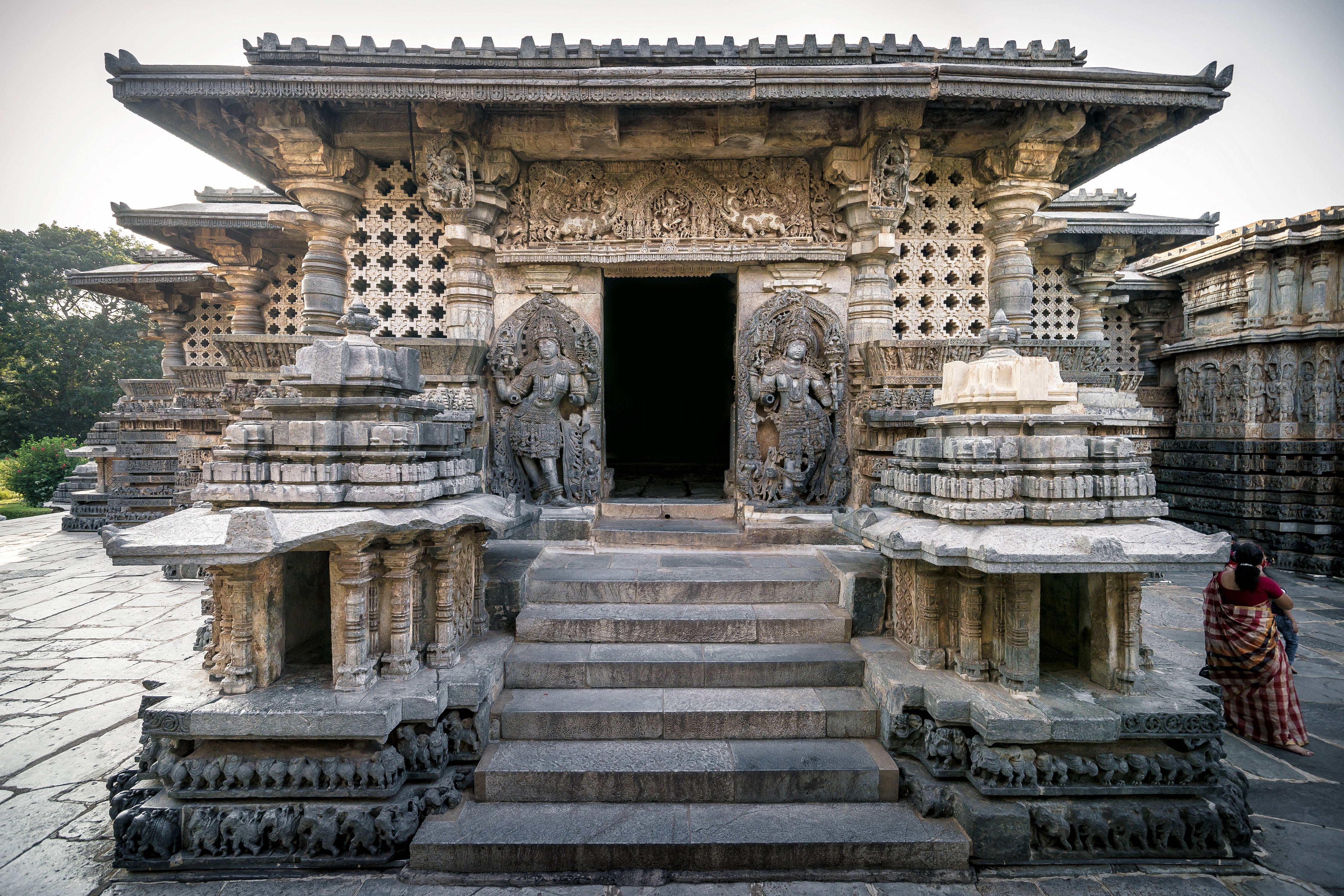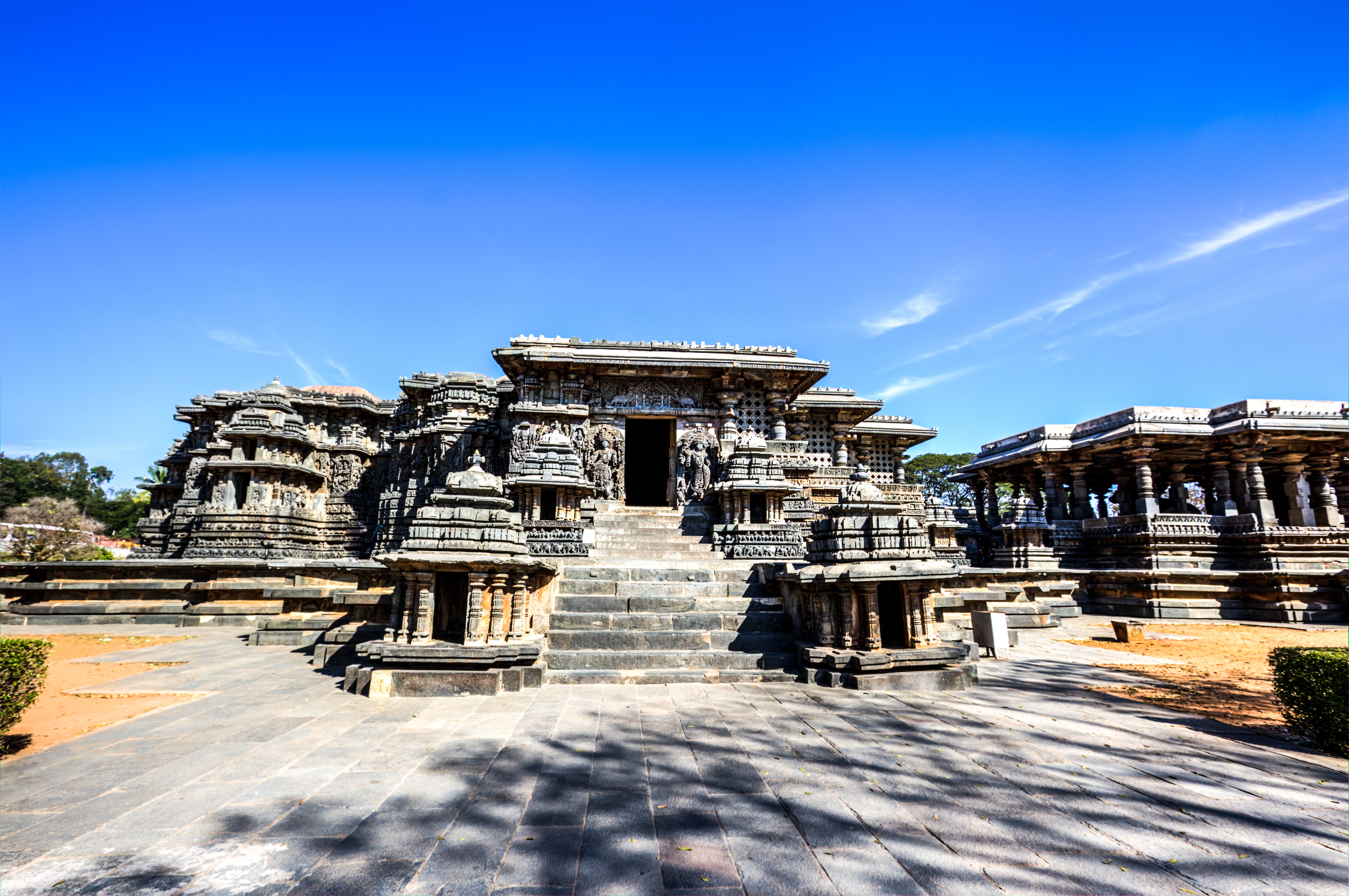Watch This When You're High - The Ancient Hoysaleswara Temple Of India
 Shutterstock Images.
Shutterstock Images. Shutterstock Images.
Shutterstock Images.The mysteries surrounding this temple, its construction, and its intricate and detailed design are pretty interesting.
On its face, the Hoysaleswara Temple seems like just another beautiful work of art from ancient times.
The Hoysaleswara temple is a Shaivism tradition monument, yet reverentially includes many themes from Vaishnavism and Shaktism tradition of Hinduism, as well as images from Jainism. The Hoysaleswara temple is a twin-temple dedicated to Hoysaleswara and Santaleswara Shiva lingas, named after the masculine and feminine aspects, both equal and joined at their transept. It has two Nandi shrines outside, where each seated Nandi face the respective Shiva linga inside. The temple includes a smaller sanctum for the Hindu Sun god Surya. It once had superstructure towers, but no longer and the temple looks flat. The temple faces east, though the monument is presently visited from the north side. Both the main temples and the Nandi shrines are based on a square plan. The temple was carved from soapstone. It is notable for its sculptures, intricate reliefs, detailed friezes as well its history, iconography, and inscriptions in North Indian and South Indian scripts. The temple artwork provides a pictorial window into the life and culture in the 12th century South India. About 340 large reliefs depict the Hindu theology and associated legends. Numerous smaller friezes narrate Hindu texts such as the Ramayana, the Mahabharata and the Bhagavata Purana. Some friezes below large reliefs portray its narrative episodes.
If we look closely at the detailed carvings and stone work, circular lines are observed on the pillars of the temple. These lines can only be accomplished by machining the pillars on a "lathe". These intricate effects are impossible to replicate with a hammer and chisel. While archaeologists agree that these grand, striking pillars were crafted using lathes, they have no convincing explanation for that kind of innovation 900 years ago! Etching intricate, ornate designs on hard stone pillars would be an incredible feat!
Even today, working a lathe on a small metal or wood part is quite tricky and challenging. The complexity that a 12-foot stone would have posed is unimaginable, even at the forefront of technology! How these magnificent pillars were fashioned almost a thousand years ago remains a perplexing question.
So who really built this temple? And how did they do it?
Did the same people (or aliens) responsible for building the pyramids and sphinx in Egypt have a hand in it?
Keep the suggestions coming. Keep them classy. No butt stuff.


